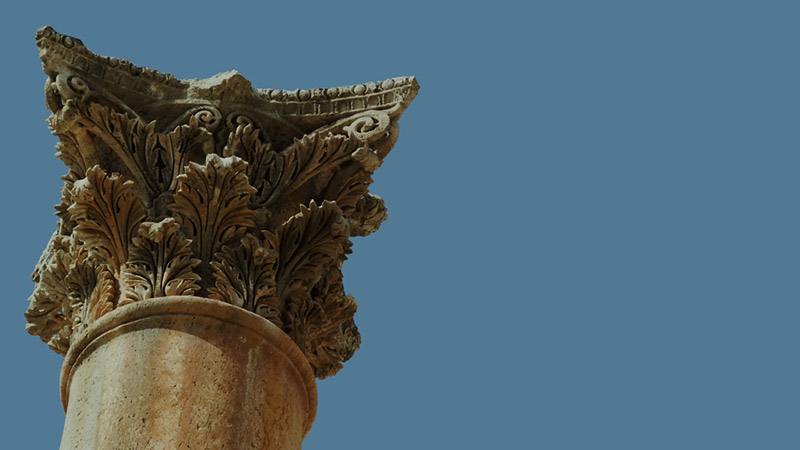Updating...
Showing 12 of 12

Light To The WorldIsrael was called "an olive tree, leafy and fair," because they shed light on all. Ancient Jewish Commentary on Jer. 11:16Olive trees and the abundance of oil they produce were significant in the lives of the people of ...
MORE
DVD-The Path to the Cross - DVD w/ Leader's guide in DVD caseSynopsis:God’s story culminates with the intense devotion of his people in this 11th volume of the Faith Lessons series. Discover how their passionate faith prepares the way for Je...
MORE
This olive press is in the Capernaum, Jesus' home-base (Matt. 4:13), near the synagogue. The crushed olive pulp was placed in baskets (about four inches thick and two feet in diameter), which were then stacked several high. These baskets are barel...
MORE
The word gethsemane is derived from two Hebrew words: gat, which means "a place for pressing oil (or wine)" and shemanim, which means "oils."During Jesus' time, heavy stone slabs were lowered onto olives that had already been c...
MORE
This press was located in a building, not a cave. The pulp from the crusher was put in baskets and placed on the stone base under the large limestone pillar. Note the groove around the outside, which channeled the oil into the pit just to the left...
MORE
The Bible does not actually link the place of Gethsemane with a garden. It is called Gethsemane (Matt. 26:36) and an olive grove (in some versions, a garden). Both names are correct. Gethsemane (which means "oil[s] press") would have bee...
MORE
Hinnom Valley This valley formed the western boundary of the Upper City of Jesus' time; it began along the Western Hill and ended where the Tyropean and Kidron Valleys meet.Just west of Jerusalem, this valley was at one time the city sewage dump, ...
MORE
This olive installation is located at the modern-day city of Maresha in southern Judea. Its appearance and location in a cave are typical of ancient presses. Oil installations were commonly placed in caves because the more moderate temperatures im...
MORE
At the beginning of his last week, Jesus was greeted in Jerusalem as a heroic savior, someone to free the Jews from Roman authority. By the end of the week, Jesus was no longer seen as a hero. He was publicly ridiculed and disgraced as he hung on ...
MORE
The Mount of Olives is 2,650 feet above sea level. The ridge is two miles long. Beyond the Mount of Olives is the Judea Wilderness. The Old Testament predicted that the Messiah would come from the east through the wilderness and would enter Jerusa...
MORE
The word gethsemane is derived from two Hebrew words: gat, which means "a place for pressing oil (or wine)", and shemanim, which means "oils." During Jesus' time, heavy stone slabs were lowered onto olives that had already been...
MORE
Deep wadi forming the eastern border of Jerusalem between David's City and the Mount of Olives. The spring of Gihon and the garden of Gethsemane are in this valley.
MORE